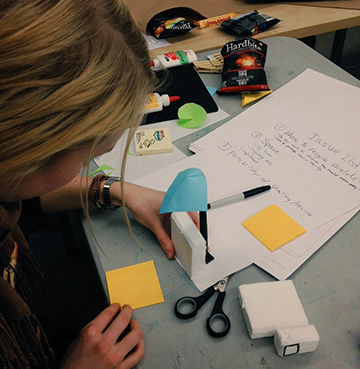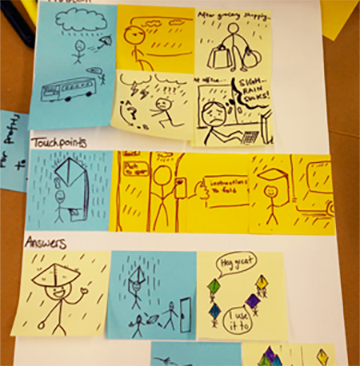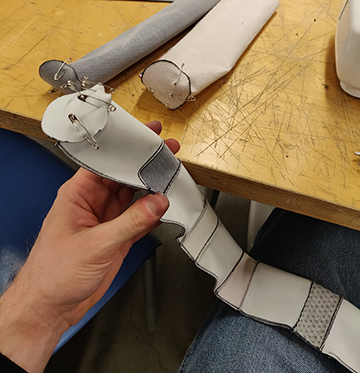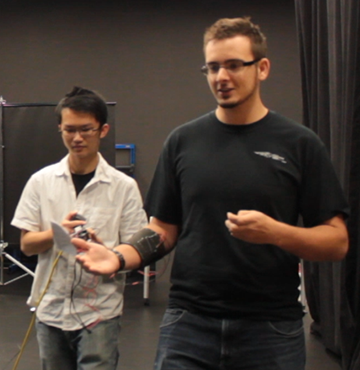Defining “Design Competencies”
Core
Understanding people, technology and business, and integrating this knowledge into a consistently used design process:
- Design Process: Able to develop adaptable design methods
- Understanding People: Able to develop insights from engagement with users
- Understanding Business: Able to integrate business requirements into design process
- Interaction Design: Able to shape behaviour and touchpoints between people and products, services and systems
Images
Expression through all forms of visual and oral communication:
- Visualization Techniques: Use of drawing to make sense of requirements and three dimensionality of a design project
- CAD Digital Visualization Techniques: Use of 2D/3D drawing software to render product details
- Communication & Presentation: Able to use visual and verbal techniques to communicate effectively
- Visual Thinking: Use of drawings/diagrams/charts to understand, analyze, and conceptualize
Objects
Ability to give shape and develop form by building a deep understanding of making:
- Form Development: Creating meaningful and aesthetic forms via deep understanding of materials and how to integrate them
- Fabrication Techniques: Able to safely use tools, fabrication processes to integrate into design process as needed
- Digital Fabrication: Use of digital tools to develop and prototype interactive solutions
- 3D Thinking: Iteratively making, sensing, testing and thinking to develop, understand and share tangible ideas
Thoughts
Use of interdisciplinary thinking, creativity techniques and future-thinking methods
- Scope & Context: Ability to contextualize design projects within sociocultural issues
- Thinking Typologies: Able to use and switch seamlessly between different discplines’ ways of thinking whenever required
- Future Thinking: Able to identify design opportunities through trend analysis, adapt to changing circumstances within projects
- Conceptual Thinking: Use of and ability to adapt creativity techniques to project specifics



